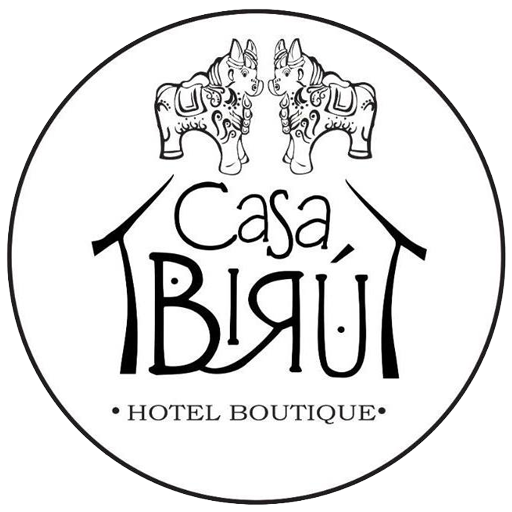Cusco, the historic capital of the Inca Empire, is a city rich in history, culture, and natural beauty. From ancient ruins to vibrant markets, there are numerous sites to explore. This guide provides practical information to help you plan your visit and make the most of your time in Cusco.
Recommendations
Historic Sites
- Sacsayhuamán: An impressive Inca fortress located on a hill overlooking Cusco. The massive stone walls and panoramic views make it a must-visit.
- Qorikancha: Once the richest temple in the Inca Empire, it now features a combination of Inca and Spanish colonial architecture.
- Plaza de Armas: The main square of Cusco, surrounded by colonial buildings, churches, and restaurants.
Archaeological Sites
- Machu Picchu: The iconic Inca citadel, accessible by train or trekking. Book tickets in advance, especially during peak season.
- Ollantaytambo: A well-preserved Inca town with terraces and ruins. It’s also a starting point for the Inca Trail.
- Pisac: Known for its market and Inca ruins, including agricultural terraces and temples.
Cultural Experiences
- San Pedro Market: A bustling market where you can find local food, handicrafts, and souvenirs.
- Cusco Cathedral: Located in Plaza de Armas, this cathedral features colonial art and architecture.
- Museo de Arte Precolombino: A museum showcasing pre-Columbian art and artifacts.
Weather and Best Time to Visit
Dry Season (April to October)
The dry season is the best time to visit Cusco, with sunny days and minimal rainfall. Daytime temperatures range from 50°F to 68°F (10°C to 20°C), while nights are colder, dropping to 32°F to 41°F (0°C to 5°C). This is ideal for outdoor activities and trekking.
Rainy Season (November to March)
The rainy season brings warmer days, with temperatures between 55°F and 70°F (13°C to 21°C), but frequent rain showers. Nights are milder, ranging from 41°F to 50°F (5°C to 10°C). Trails can be muddy, so plan accordingly.
Tips for Visiting
Planning Your Itinerary
- Book in Advance: Popular sites like Machu Picchu and the Inca Trail require permits and tickets, which can sell out quickly.
- Start Early: Many sites open early in the morning, allowing you to avoid crowds and enjoy cooler temperatures.
- Use Local Guides: Hiring a guide can provide deeper insights into the history and significance of the sites.
Transportation
- Walking: Cusco’s city center is compact and walkable, but be prepared for steep streets and high altitude.
- Taxis: Use registered taxis for longer distances or when traveling with heavy luggage.
- Trains: The train to Machu Picchu departs from Poroy or Ollantaytambo. Book tickets in advance, especially during peak season.
How to Dress
For City Exploration
- Daytime: Light layers like long-sleeve shirts and pants. Comfortable walking shoes are essential due to cobblestone streets.
- Nighttime: Warm layers, including a fleece or down jacket, as temperatures drop significantly.
For Archaeological Sites
- Dry Season: Sun protection like hats, sunglasses, and sunscreen. Sturdy hiking shoes for uneven terrain.
- Rainy Season: Waterproof jacket, moisture-wicking base layers, and quick-dry pants. Waterproof hiking boots with good traction.
Restrictions and Considerations
Altitude Sickness
Cusco sits at 11,152 feet (3,399 meters) above sea level. Altitude sickness can affect visitors, causing headaches, nausea, and fatigue. Spend at least two days acclimatizing before engaging in strenuous activities.
Site Regulations
- Machu Picchu: Visitors must follow designated paths and cannot climb the ruins. Tickets are limited and must be booked in advance.
- Churches and Museums: Dress modestly and avoid flash photography. Some sites may have restricted hours or require additional fees.
Physical Preparation
Acclimatization
Spend the first two days in Cusco resting and staying hydrated. Avoid alcohol and heavy meals. Gradually increase your activity level to help your body adjust to the altitude.
Fitness Level
Exploring Cusco’s sites often involves walking on uneven terrain and climbing stairs. Incorporate cardio and strength training into your routine before your trip to improve endurance.
Health Recommendations
Altitude Sickness Prevention
To prevent altitude sickness, ascend slowly, stay hydrated, and avoid overexertion. Consult your doctor about medications like acetazolamide if you’re prone to altitude-related issues.
Food and Water Safety
Drink only bottled or purified water. Avoid raw fruits and vegetables unless they can be peeled. Stick to cooked meals to minimize the risk of foodborne illnesses.
Cusco offers a wealth of historic, cultural, and natural sites to explore. By understanding the weather, planning your itinerary, and preparing for the altitude, you can enjoy a safe and memorable visit. Whether you’re exploring ancient ruins or vibrant markets, Cusco has something for every traveler.






No comment yet, add your voice below!